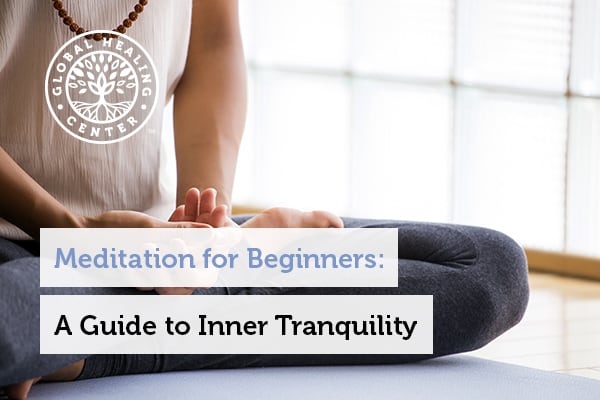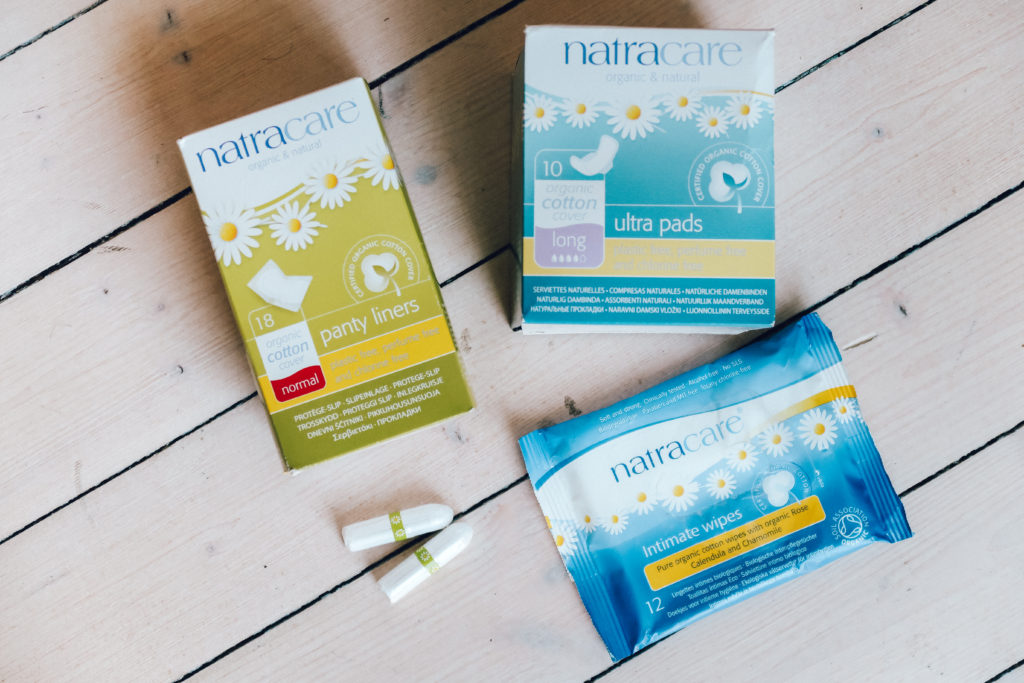
The United States is a sleep-deprived nation. It shows in our health as well as the way in which we age. According to the Centers for Disease Control and Prevention, sleep deprivation is a serious public health issue, and one in three adults don’t get enough sleep.[1] Our ancestors did not have this issue, so why are we having so much trouble falling asleep? What’s changed?
Several things: Unnatural light sources, like the lights inside your home or office, can cause your body to ignore its natural biorhythms. Processed foods and caffeine can alter energy levels. The need to connect to social media, play online games, and other computer or phone-related activities can keep you in a state of perpetual excitement. It’s time to identify these and other sleep-altering factors and explore solutions to get your sleep cycle back on track.
Why You Need Sleep
Sleep is as crucial to your well-being as a healthy diet, regular exercise, and low levels of stress. When you’re asleep, your body goes into a “repair and restore” mode. Without enough sleep, your body’s ability to heal and regenerate is significantly impaired. A poor sleep environment can lead to sleep deprivation which, aside from drowsiness, can contribute to heart disease, anxiety, depression, weight gain, obesity, diabetes, increased alcohol use, and accidental injuries.[2]
The Importance of Sleep for Mental Health
Sleep is essential for your brain’s mental wellness. Danish researcher, Dr. Maiken Nedergaard of the University of Rochester, discovered the brain’s detoxification center. She named it the glymphatic system because it clears waste from your brain much like waste is cleared from your body by your lymphatic system.[3]
Nedergaard and her team found that the glymphatic system is most active during natural sleep, and is responsible for cleaning out cellular waste that could harm your brain if left unchecked.[4] The team also found that this system functions best during natural sleep, not under the influence of sleeping medications. So while a sleeping pill may put you to sleep, you are not gaining the same benefits you would when you sleep naturally.
What Is Insomnia?
If you regularly have difficulty falling or staying asleep, you may have insomnia – common sleep disorder. Many people with this condition feel like they never sleep at all. There are two main types of insomnia: secondary and primary. Secondary insomnia is caused by another health issue such as asthma or an overactive thyroid. Primary insomnia has no external cause, and its origin can be difficult to determine.[5]
What Is Sleep Apnea?
Sleep apnea, or the more common variation called obstructive sleep apnea, is a condition that causes you to stop breathing, or maintain shallow breathing while you sleep. A narrow neck, large tongue, or large tonsils are some causes of this condition. Sleeping on your back can also contribute to or exacerbate the inability to breathe properly. Snoring, and snorting when regaining breath are typical symptoms of this condition. Snoring, however, is not always a sign of sleep apnea. People with this condition can stop breathing for as little as 30 seconds, or as long as a few minutes. These stop-and-start breathing patterns can disrupt a good night’s sleep and cause drowsiness during the day. Sleep apnea has been linked to several health conditions, including cardiovascular issues.
Sometimes, your brain won’t send signals to your throat muscles. This occurrence can keep you from temporarily breathing, and is referred to as central sleep apnea. If you wake up repeatedly during the night, experience constant drowsiness during the day, or your partner complains of your snorting or snoring during sleep, it may be time to see your general practitioner for some healthy guidance.[6]
What Is Adrenal Fatigue?
Your adrenals are two walnut-sized glands that sit above your kidneys. The adrenal glands help regulate a variety of bodily functions, including hormonal balance, the sleep-wake cycle, and the fight or flight response.
When you experience stress, your adrenal glands produce cortisol – the stress hormone. This is the same hormone released during fight-or-flight situations. Although there are times when being in this state is appropriate and beneficial, this feeling becomes unnerving and frustrating when it’s time for you to sleep. In the modern world, most people spend way too much time in fight-or-flight mode. When the adrenals constantly produce cortisol, they can become fatigued, and that usually sets off a cascade of negative effects. Symptoms of adrenal fatigue include:[7]
- Sleeplessness
- Physical and mental fatigue
- Body aches
- Low blood pressure
- Lightheadedness
- Skin discoloration
If you suspect that adrenal fatigue is affecting you, talk to a trusted healthcare professional as there are tests that can determine its presence. Adopting a healthy, balanced diet, making good lifestyle choices, and constructively dealing with stress, are among the best solutions for finding a balance that promotes healthy adrenal function.
Habits That Disrupt Your Sleep Cycle
Although trouble sleeping can have many causes, less-than-healthy lifestyle habits are among the most common. Habits that significantly upset your natural sleep cycle, also known as your circadian rhythm, include:
- Excessive phone, television, or computer screen time
- Chronic stress
- Poor diet
- Lack of exercise
- Too much caffeine
- Not getting enough natural sunlight
- Spending too much time indoors
Why Do I Keep Tossing and Turning When I Sleep?
If you keep turning over in your sleep, it may be your mattress. Tossing and turning can be the result of blood flow being cut off from whatever part of your body on which you’re lying. To remedy this, your brain sends signals that tell your body to roll over for better blood flow. This process is what causes you to toss and turn, so it may be time to find something new to sleep on. Look for a mattress that promotes better blood flow for your body type and sleep style. Firm mattresses have always been thought to be the best for a good night’s sleep. Studies have found, however, that medium-firm mattresses proved better – especially for those with lower back pain.[8] You can always talk to your healthcare provider for a recommended mattress type.
Why Can’t I Sleep Even Though I’m Tired?
There is nothing more frustrating than lying awake in bed, completely exhausted, but unable to fall asleep. Perhaps your mind is racing with random thoughts, or you simply can’t shut down. Preventative methods for better sleep cycles is always encouraged. Ways to promote healthier sleeping patterns are:
- Start your morning with at least 20 to 30 minutes of bright sunlight to help reset your internal clock,
- Exercise early in the day
- Don’t consume caffeinated beverages after 12:00 p.m.
- Meditate or record your thoughts in a journal to help clear your mind
- Eat dinner early in the evening
- Avoid alcohol
- Turn off your phone, computer, and television at least two hours before bed
- Avoid chemical sleep aids, and use safe and natural sleep remedies
If you still can’t sleep, try using a white noise machine, or a white noise app. Some people find certain sounds like rain and other natural audio effects soothing for a restful sleep. These strategies may sound simple, but the simple solutions are often the most effective. You can also try sleeping naked. Aside from a better night’s sleep, the benefits of this practice include weight loss, improved mood, and a better sex life.
Counteract Insomnia With These Tips
Your sleep environment and the time at which you sleep every night can play a big role in sleep health. There are a few lifestyle adjustments you can consider to increase your odds of a more restful sleep:
- Ban electronics from your bedroom – the blue light from electronics, coupled with the stress-inducing sounds of notifications and updates is a recipe for sleeplessness[9]
- Meditate – mindfulness meditation has been shown effective for calming the mind, reducing stress, and improving quality of sleep[[10]
- Keep your bedroom cool – 60-67 degrees is ideal for promoting deep, restful sleep[11]
- Practice earthing – connecting directly with the earth by walking around barefoot on the ground or using an earthing device, has been shown to help improve sleep by reducing stress and cortisol levels[12]
- Sex – having sex can help you sleep due to the release of the relaxation hormone, prolactin[13]
- Stick to a bedtime routine – it has been proven that going to bed at the same time every night, in the same way, will help your body fall asleep faster[14]
What Foods Should I Eat for a Good Night’s Sleep?
There aren’t many things that influence your health as much as the food you eat. Dietary choices not only affect your overall health, but they can also affect your ability to get restful sleep. When it comes to choosing the best food for promoting restful sleep, there are three important categories to remember: Foods that encourage healthier blood sugar levels, foods that support a healthy gut, and foods that keep you from sleeping.
Foods That Support Healthy Blood Sugar
When your blood sugar is imbalanced, it affects not only how you feel, but your ability to sleep. You can encourage normal blood sugar by eating high-quality foods that are low in sugar. Here are some tips for choosing healthy foods that are better for blood sugar balance:
- Avoid foods that are high in refined sugar
- Embrace fermented foods like kimchi, sauerkraut, and kefir
- Eat plenty of healthy fats, like avocados, coconut oil, and extra virgin olive oil
- Consume complex carbohydrates like quinoa, sweet potatoes, squash, and amaranth
It’s also important to consider your meal frequency. Some people who experience blood sugar crashes sleep better when they eat several small meals throughout the day instead of three large meals. Finally, if you find yourself frequently waking up at night, a small, protein-rich, plant-based snack before bed can help avoid late night blood sugar crashes.
Foods That Support a Healthy Gut
Though we typically don’t associate sleeplessness with gut health, they are very much connected. Your gut contains neurotransmitters – chemical messengers that shuttle information between your cells. Among the most important of these neurotransmitters is serotonin. Serotonin is the precursor to melatonin, your body’s master sleep hormone.[15] Gut healthy foods include:
Some types of foods and beverages contain stimulating ingredients that make it especially difficult to get restful sleep. If you enjoy a cup of coffee, try avoiding that 3:00 p.m. cup and stick with a cup or two in the morning. Although, it is encouraged to avoid caffeine all together as it can be have unhealthy effects on your organs, as can everything in the list below. Regardless, If you have trouble falling asleep, try to avoid:
- Caffeine, including energy drinks, especially after 12 p.m.
- Sugars
- Alcohol
- Excitotoxins like MSG
What Are the Safest Natural Sleep Remedies?
Simply closing your eyes and going to sleep naturally is the best way to fall asleep. This method doesn’t always work, however, and you may need some supplemental help, or a change in your sleep environment. These are natural sleep aids that can help reset your sleep cycle.
Supplements
In nature, there are several vitamins, minerals, and herbs that work with your body for overall wellness, including your sleep health. Essential oils that carry some of these elements can play a major part in relaxation. Before reaching for a sleeping pill, try some of these natural sources for a better night’s sleep.
- Passion flower – promotes relaxation and improves sleep quality[16, 17]
- Chamomile, lavender, and ylang-ylang & promote relaxation and sleep[18, 19]
- Valerian – quickens the time it takes to fall asleep, and promotes overall sleep quality[20]
- Magnesium called “the relaxation mineral,” it encourages a good night’s rest and improves sleep quality[21]
- Melatonin – helps reset your circadian rhythm
- Adaptogenic herbs (such as ashwagandha and maca) – help your body adapt to stress to support normal sleep
Your Sleep Checklist
The next time you enter your bedroom, look around to see if there’s anything that could possibly disturb your sleep. Will your room be dark enough for a good night’s sleep? Is there anything making an unnatural, perpetual noise? Is the room at a cool temperature? Did you turn your alarm clock around or on its face to avoid staring at the time, and the clock’s light? Basically – you need to turn your room into a cool, dark, sleep cave.[5]
In addition to cave preparation, prepare yourself mentally. Give yourself a moment to say a positive affirmation before you close your eyes. Take a few deep breaths, and let go of any negativity or tension from your day as you exhale. These actions, along with your sleep-friendly new lifestyle, should help you get on, and stay on a healthy path to better sleep.
How Can I Fall Back Asleep If I Wake Up?
The best way to hold onto a good night’s sleep is taking preventative steps with diet, stress management, and a healthy sleep environment. It’s inevitable, however, that even though you make your lifestyle and environment sleep-friendly, you will wake up during a good night’s slumber before you’re ready. This interruption can be due to several factors: a loud noise, a phone call, or even an unpleasant dream. One of the best remedies is simply to turn on a soft lamp and do some light reading. A small amount of chamomile, or another sleep-encouraging herbal tea, may also be beneficial to lure the sandman back to your pillow. Avoid exercising as this will raise energy levels. Bright lights will also exacerbate the issue.[5]
Your Story
What natural remedies help you fall asleep? Have you used a supplement, changed your diet, or used another means to help with a healthier sleep pattern? Tell us your sleep story in the comments section below.
The post Can’t Sleep? Discover Causes & Natural Solutions appeared first on Dr. Group's Healthy Living Articles.
source
https://www.globalhealingcenter.com/natural-health/cant-sleep-discover-causes-natural-solutions/













